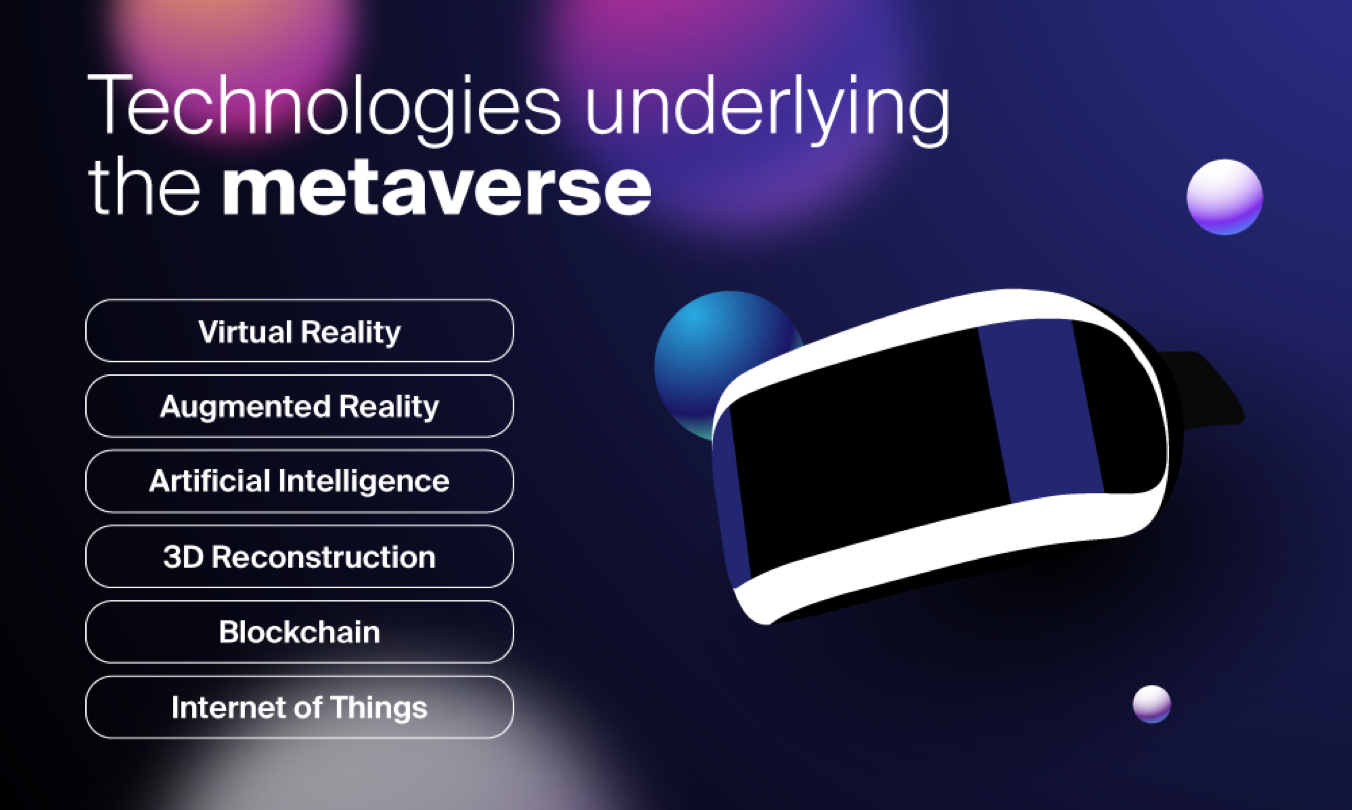MANAS—Make a Better Metaverse (1)
AI: The Cornerstone of the Metaverse
The Metaverse is a virtual world projected from the physical world using information technologies to serve as a digital space where the social activities of the future society take place. We don’t yet have a clear-cut definition of the word “Metaverse”, whose concept is fluid and ever-changing. Institutions and professionals also have varying definitions of the Metaverse, but so far most people would agree that the Metaverse is a series of Internet applications and new social forms integrating reality and virtual reality made possible by revolutionary information technologies such as IoT, VR, blockchain, HCI, AI, 5G/6G, etc. By wearing AR/VR devices, people can enter a 3D virtual world, and everything and everybody in the physical world can be projected into the Metaverse.
The Metaverse brings real and virtual worlds together into one economic, social and identity system where every user can create, live life, have fun and work.

There are many versions of the Metaverse people have envisioned, and AI is integral to all of them. Arguably, AI is the cornerstone of the Metaverse.
Meta’s AI Technologies for the Metaverse
As the re-inventor of the Metaverse concept, Meta is closely observed by the world in every step it takes in this new realm, especially those moves related to AI.
Until the company discloses more information, Meta’s second-quarter earnings report is the most useful knowledge we’ve got to work with. Meta lost 10.19 billion USD on Reality Labs and 6.62 billion USD in total in 2020. With so much spending on developing Metaverse-related technologies, the outcome seems a bit underwhelming. Just as investors and professionals start to sober up from the Metaverse hype, a recent tech breakthrough by Meta reinjects some confidence.
Meta has released new technologies including Builder Bot and CAIRaoke that aim to create the kind of conversational AI necessary to create virtual worlds.

1. Conversational environment generation tool Builder Bot: In the video, we can see Zuckerburg and a friend playing around in a virtual environment. Through a series of voice instructions, they were able to add clouds, trees, islands, desks, chairs and other virtual objects to this virtual environment. But this is merely a demo version of Builder Bot. To create a more complex 3D environment, more time and mental effort will be necessary.
2. Super AI assistant CAIRaoke: Its bottom layer is a self-monitored end-to-end neural network model, which is capable of understanding and learning the voices and body languages of users. This helps make our interaction with the voice assistant in the digital world smoother and more natural. In the demonstration video, CAIRaoke can keep track of the amount of salt used for cooking while keeping a conversation with users. Based on its observation, the AI assistant will remind users to include enough salt in their diet. Currently, this technology is already in use in video call portal devices. In the future, it will also be integrated into AR/VR products to improve people’s interactive experience with digital assistants.
3. Universal machine translation tool: Meta's universal machine translation technology aims to provide real-time audio-to-audio translation between any two languages. This AI translation tool will break the barrier between people speaking different languages. A language we don’t know will no longer keep us from communicating.
Besides the above, Meta also released other AI tools, which, together with the AI supercomputer Meta introduced previously, will bring endless potential to the Metaverse as they mature and find practical applications.
As the passageway to the new era of technologies, the Metaverse is quickly binding itself with AI, and their integration will bring forth content richer and more vivid than we can imagine. Smart companions, smart interaction, as well as the generation and construction of settings and environments among others are great examples of AI’s contribution to making the Metaverse infrastructure smarter. AI has taken over a large amount of Metaverse infrastructure and user orientation work and lightened the load on human employees. By improving human-machine interactions, AI has helped to create better experiences for users, thus creating value in the virtual world rather than our physical world.
AI is empowering the Metaverse to go faster and further. In other words, the Metaverse may one day become something like the Oasis in Ready Player One.
MANAS—Make a Better Metaverse (2)
MANAS—Make a Better Metaverse (3)
MANAS—Make a Better Metaverse (4)
Twitter: https://twitter.com/MatrixAINetwork/status/1532280060224446471?s=20
Medium: https://matrixainetwork.medium.com/manas-make-a-better-metaverse-1-ab0f7c05f2b9